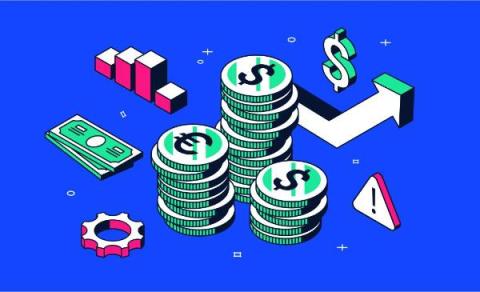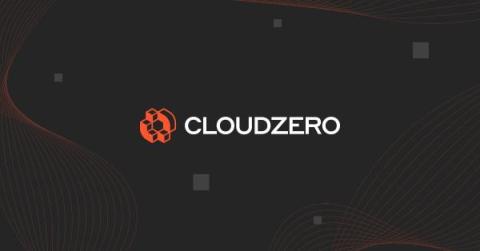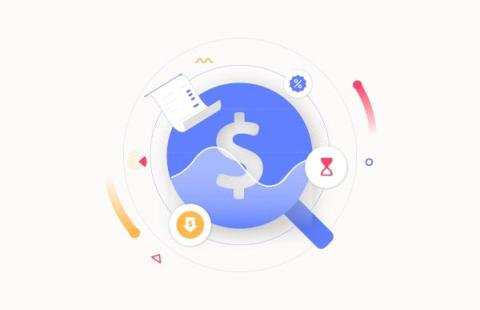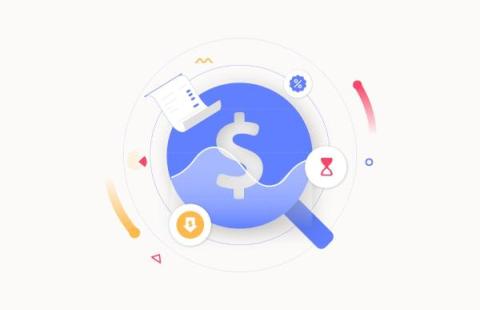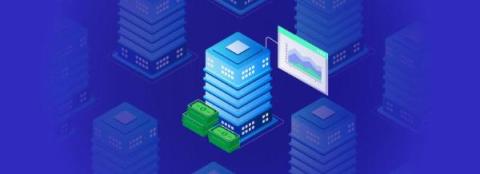Komodor Announces GA of New Kubernetes Cost Optimization Capabilities
Kubernetes has revolutionized how we manage and scale containerized applications, the flip side of this robustness is often a rising cloud bill. As you navigate the complexities of cluster growth across teams and applications, cost management can become a genuine headache. Enter Komodor’s newly released Cost Optimization Suite. In this blog post, we’ll unpack how this feature-rich addition to the Komodor platform will empower you to optimize costs without sacrificing performance.


